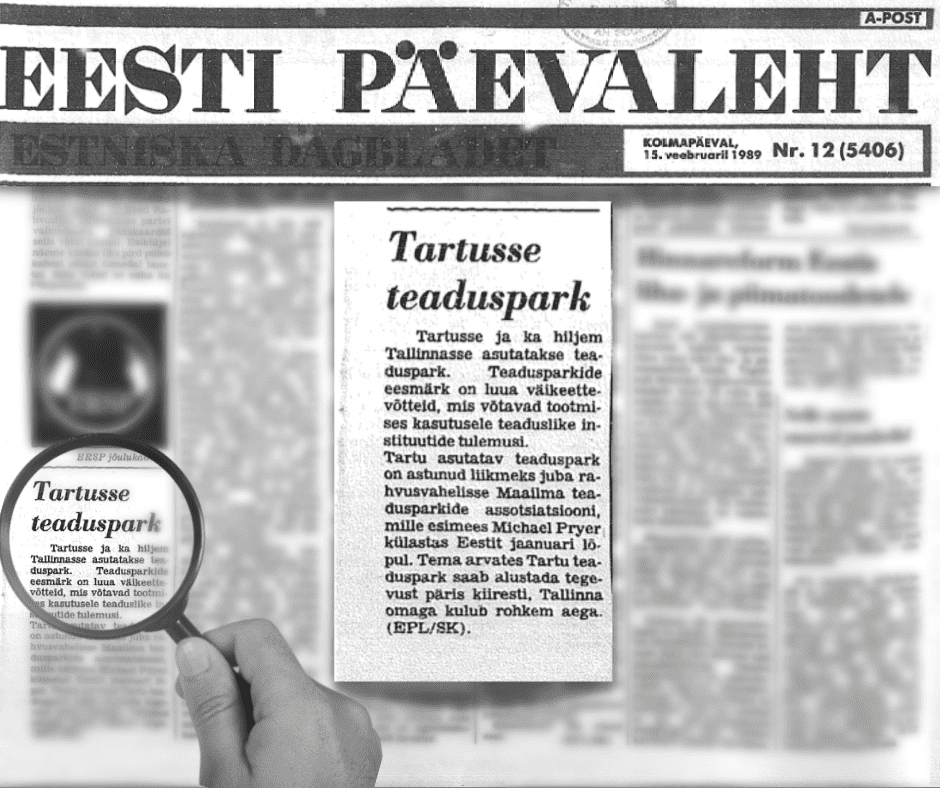About us
VISION 2030
The science park is an international growth center for science and technology-intensive companies.
MISSION
The science park creates an environment that encourages innovation, knowledge, and technology transfer to support entrepreneurs in implementing new insights and technologies.
GOALS
The statutory goals of the science park are as follows:
- Developing a business environment in Tartu that fosters innovation and knowledge and technology transfer – a science park.
- Supporting new technology-based companies in developing innovative products and services.
- Providing services and organizing training aimed at increasing the international competitiveness of South Estonia.
- Creating an attractive business environment for companies through real estate development.

Photo: Kiur Kaasik
FOCUS AREAS
The science park focuses on developing science and technology-intensive businesses in five key areas:
- Space Technology
- Unmanned Aviation
- Artificial Intelligence Applications
- Health and Biotechnology
- Green Technology
HISTORY
Tartu Science Park (TTP) was established in 1992 as the first organization of its kind in the Baltic States.
In 1996, the ownership form was changed, and the City and County of Tartu, the University of Tartu, the Estonian University of Life Sciences, and the University of Tartu Institute of Physics founded the Tartu Science Park Foundation, which operates to this day.
WHAT IS A SCIENCE PARK?
A science/technology park is defined as a real estate-based initiative:
- That has close ties with universities, research centers, and other higher education and research institutions;
- That is established to support the creation and growth of knowledge-intensive or value-adding companies;
- Whose goal is to promote technology transfer, i.e., the application of scientific results in business.

Science parks became more widespread around the world in the 1980s. The concept of a science park involves a collection of (high) technology firms that are spatially connected, often located on or near a university campus. The know-how circulating within this cluster acts as a growth impulse and creates added value. For instance, well-known companies like Nokia and HP emerged from science parks. Similarly, the Cambridge Science Park has seen numerous small companies spring up based on the university’s intellectual potential, driving local economic growth.
